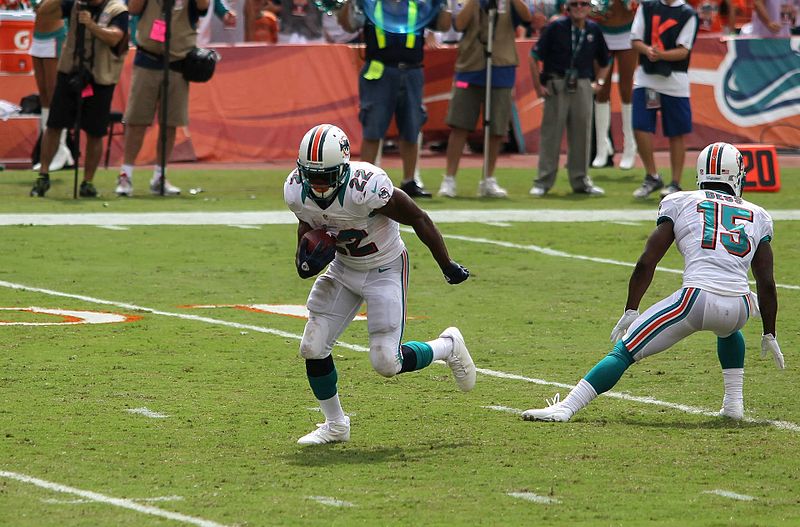Playing Through the Pain
Tagovailoa’s Tragic Injuries
With the sounds of ambulance sirens blaring in the background, Miami Dolphins quarterback Tua Tagovailoa was carried off the field after suffering his second head injury of the week. Seeing his immobile limbs on the stretcher’s white cloth, the crowd went silent, wondering how much more this player could take.
Tagovailoa was diagnosed with a concussion and discharged from the University of Cincinnati Medical Center the next day, flying home with his team Friday morning. Everyone, including Dolphins Coach Mike McDaniel, all seemed very eager towards the idea of a quick recovery, but fans aren’t sure if that was for the right reasons.
“I have 100 percent conviction in our process regarding our players,” McDaniel said to NFL Network reporter Mike Garafolo. “This is a player-friendly organization. … There was no medical indication from all resources there was anything regarding the head.”
Even though McDaniel said Monday that the scans came back with no glaring issues, there was still concern over Tagovailoa’s safety. Just a week before, the quarterback’s head hit the ground yet again during the Buffalo Bills game, and he was reported to have stumbled while trying to join the group for a huddle.
“We’ll have all of those interviews,” NFL chief medical officer Dr. Allen Sills said in an interview with the NFL Network. “We’ll review all of the video, we’ll review all of the data. And the purpose of that review is to make sure that the concussion protocol was followed.”
When the press pointed out the concerning wobble, McDaniel stated that the reason Tagovailoa stumbled was because of a previous back injury. This claim eliminates the relevance of the NFL’s “No-Go” rule, which prohibits an athlete from playing if they have a form of neurotrauma that officials have deemed too risky. McDaniel said that if any red flag would have arisen during the evaluation, Tagovailoa wouldn’t have been allowed to play. However, some aren’t convinced.
“Forget this back and ankle BS we heard about,” Rex Ryan, the former Buffalo Bills and New York Jets coach, said on ESPN’s “Sunday NFL Countdown. “This is clearly from head trauma. That’s it. A concussion. I know what it looks like. We all know what it looks like.”
McDaniel cited the fact that an unaffiliated neurologist supposedly cleared Tagovailoa to play; this same doctor was fired later for his misjudgment of Tagovailoa’s obvious sustained injuries and unwillingness to work with NFL officials. McDaniel is still using this doctor’s error to defend his actions.
“But in terms of me interjecting into an opinion that we have people schooled in and years and years of expertise in, I think that would be a little irresponsible if I tried to kick the door in and say my piece as a layman who’s not an expert,” McDaniel told ESPN.
Tagovailoa’s injuries are not the first result of gross neglect from the NFL and, based on the way the league has handled situations like these in the past, it won’t be the last. The athlete’s injury is eerily similar to a 2017 incident wherein quarterback Tom Savage returned to his game after a brutal hit to the head, sustaining a concussion with long-term consequences that have seemingly been forgotten by the NFL.
The injuries of Tagovailoa, Savage, and many other players exhibit a glaring issue that is plaguing professional sports. Whether it was the burden to uphold societal standards of masculinity, misinformation about players’ condition, or pressure from the football world, the bottom line is this: a concussed 24 year-old walked onto the field, and EMT workers walked him off.
Yes, football is a dangerous and violent sport. But at what point does the NFL’s intentional ignorance of player safety become a problem? How many ambulances will it take to make the league care enough to address these issues with workable change?

Addy Cowley is a senior and the "Bulldog Tribune"’s EIC, the president for Cards4Cause, and the secretary of Key Club. She grew up in four countries,...


